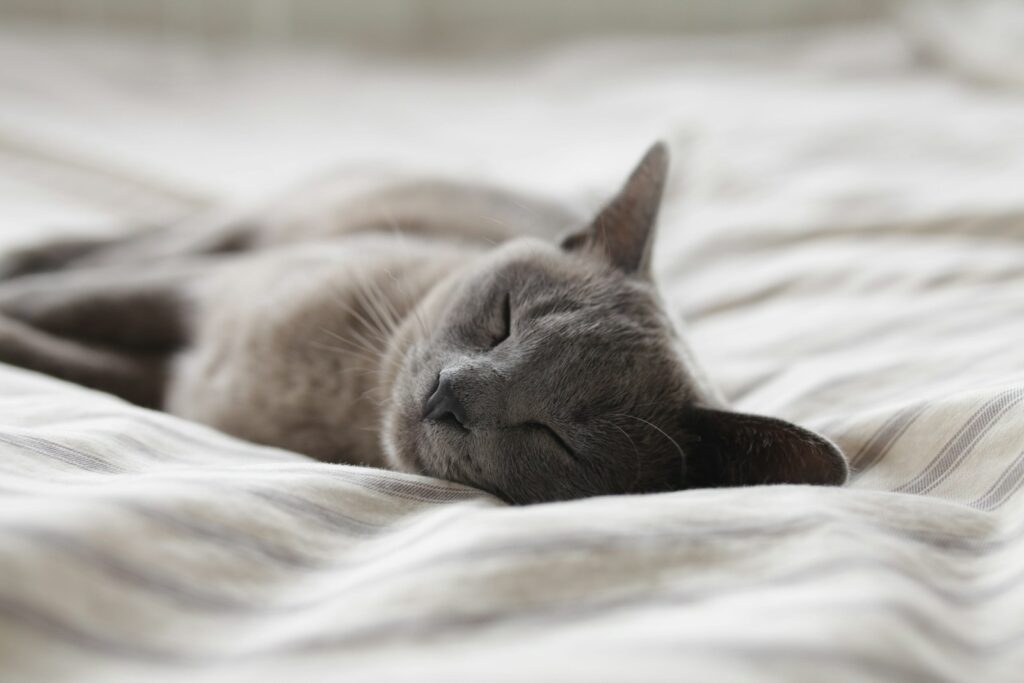In a world where the hustle and bustle of daily life often leave us feeling fatigued and restless, the importance of a good night’s sleep cannot be overstated. Surveys reveal that a significant percentage of adults in the United States grapple with tiredness and sleep troubles. However, what if the real culprit behind our sleep woes isn’t the quantity of sleep but the myths that shroud our understanding of it? In this article, we delve into a recent interview with Professor Russell Foster, a sleep expert from the University of Oxford, as we debunk seven common sleep myths that might be hindering your quest for a restful night.

- The Circadian Rhythm and Sleep Timing:
Myth: It doesn’t matter when you sleep, as long as you get enough.
Reality: The Circadian rhythm, our body’s internal clock, plays a pivotal role in shaping our health and well-being. The eyes house cells designed specifically for detecting light, sending signals to the brain about the time of day. Russell Foster’s research reveals that our internal clocks are sensitive to light, influencing our desire to be awake during daylight and asleep in darkness. Disturbances to the Circadian rhythm, such as jet lag or night shifts, can lead to increased stress hormones, higher risks of heart disease, frequent illnesses, and emotional/cognitive problems.
Understanding our chronotype, whether we are morning larks or night owls, can help us optimize our activities accordingly. If you’re a morning person, focusing on demanding tasks in the morning might be more beneficial, while night owls could prioritize their energy-consuming activities for later in the day.
- The Myth of the Magical Eight Hours:
Myth: Everyone needs eight hours of sleep.
Reality: Sleep needs vary among individuals. Rather than fixating on a specific number of hours, consider how you feel upon waking. Did you wake up naturally, or did you rely on an alarm? The nature of your wakefulness and the need for caffeinated drinks to kickstart your day can also provide insights into the quality of your sleep. Professor Foster advises against becoming overly concerned with hitting the magic eight-hour mark and encourages paying attention to your body’s signals.
- Consistent Wake-up Times:
Myth: You must wake up at the same time every day.
Reality: While it’s generally beneficial to maintain a consistent wake-up time, being overly pedantic about it might not be necessary. Consistent wake-up times help regulate the Circadian system, along with synchronized eating and light exposure. However, occasional variations, like sleeping in after a late-night event, are acceptable. Our Circadian rhythms can also shift over the course of our lives, with teenagers naturally leaning towards evening chronotypes and older individuals adopting morning chronotypes.
- Blue Light Before Sleep:
Myth: Avoid blue light before bedtime for better sleep.
Reality: Blue light, with its short wavelength and higher energy, has been thought to interfere with sleep. This belief led to the popularization of blue light filters in glasses and devices. However, recent studies challenge this myth. Exposure to bright blue light before bedtime might have minimal impact on sleep onset. The speaker cites a study where participants looked at a Kindle on its brightest intensity for four hours before bedtime, causing only a statistically insignificant 10-minute delay in sleep onset. This revelation might ease the worries of those using blue light-emitting devices in the evening.
- The Hype Around Sleep Apps:
Myth: Sleep apps help you sleep better.
Reality: The proliferation of sleep tracking apps has led many to rely on these technologies to gauge the quality of their sleep. However, Professor Foster advises taking these scores with a pinch of salt. Currently, no sleep apps are endorsed by sleep federations or FDA-approved. The validation of these apps often involves small sample sizes or specific demographics, making them unsuitable for broader applications. Instead, the speaker encourages paying attention to biological and psychological signals, such as feeling well-rested, needing an alarm to wake up, and overall mood throughout the day.
- Melatonin’s Mixed Messages:
Myth: Melatonin supplements significantly improve sleep.
Reality: Melatonin, a popular supplement used to combat jet lag and sleep troubles, might not be the sleep miracle it’s often touted to be. While some studies suggest a 30-minute reduction in sleep onset, a 2013 meta-analysis found an average reduction of only seven minutes. Professor Foster refers to a 2007 study on autistic children as the best showing a 30-minute improvement after three months of melatonin use. However, it’s crucial to recognize that individual responses vary, and melatonin might not be a universal solution for better sleep.
- The Pitfalls of Polyphasic Sleep:
Myth: Polyphasic sleep enhances productivity.
Reality: Polyphasic sleep schedules, involving multiple sleep periods throughout the day, have been advocated as a way to maximize waking hours and productivity. However, Professor Foster disputes this notion, pointing out that the quality of work tends to suffer during polyphasic sleep. Studies have even shown that students on polyphasic sleep schedules performed worse in exams compared to those on monophasic schedules. Despite the potential for more waking hours, the overall evidence suggests that fragmented sleep might not be the key to heightened productivity.
Conclusion:
As we navigate the maze of sleep advice and myths, it’s crucial to approach our sleep habits with a nuanced understanding. Professor Foster’s insights debunk several commonly held myths, offering a more realistic perspective on sleep. Embracing our individual sleep needs, paying attention to our body’s signals, and understanding the limitations of popular beliefs can pave the way for a more restful and rejuvenating night’s sleep. So, the next time you find yourself entangled in the web of sleep myths, remember the wisdom gleaned from the realm of sleep science.